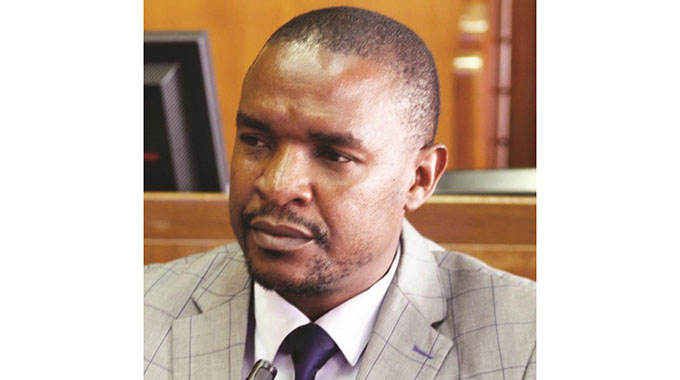National Fire Week: SADC needs more skilled wildland firefighters

Sifelani Tsiko Agric, Environment & Innovations Editor
SADC countries need to train more wildland firefighters to help combat wildfires and strengthen mechanisms to curb catastrophic fires which are destroying and polluting the region’s environment.
Wilson Chimwedzi, director of Firefight Trust, told the Herald on Wednesday that the region still lacks sufficient and certified wildland fire fighters despite the fact that it was one of the worst affected regions in the world.
“Of the 232 hectares burnt in Africa, SADC accounts for 41 percent of these fires. Devastating fires are quite alarming in our region and are attributed to the use of fire as a farming, hunting, smoking tool,” he said.
“As a result of poverty and economic challenges communities use fire as an alternative to draught power. Over 90 percent of the fires are anthropogenic and 45 percent occur during land clearing. This is quite common across Southern Africa.”
Given the rising risks that are coming as a result of climate change, Chimwedzi said SADC countries should establish wildland fire-fighting stations and train more firefighters to respond effectively to sporadic fires which are contributing to severe black carbon emissions with negative impacts on climate and health.
“Each SADC member state needs a dedicated fire training school to support environment, climate and disaster issues. We need to develop a huge pool of certified wildland firefighters to bolster our disaster risk preparedness,” he said.
“In addition to this, we need aggressive campaigns to raise awareness within our communities as well as capacitating our people with relevant equipment to combat wildfires.”
Reviewing wildland fire policies and promoting the use of new technologies such as drones was important in combating wildfires, he said.
Every year, in the second week of May, Zimbabwe holds a National Fire Week event to raise awareness among communities on the importance of preventing veld fires through pre-fire suppression measures such as fireguard construction, biomass reduction and early controlled burning.
“Let’s stop and avoid fires at all costs for posterity,” Chimwedzi said.
There are 10 SADC countries which rank among the highest countries that experience catastrophic wildfires and emissions globally.
Angola was ranked second, DRC (3), Zambia (4), Mozambique (5), Tanzania (8), Botswana (17), Madagascar (19), Namibia (23), South Africa (24) and Zimbabwe (30), according to the 2002 – 2019 World Fire Stats report.
An average of 1 million hectares have been burnt annually between 2010 and 2020 in Zimbabwe, according to the Environmental Management Agency.
The country has lost large tracts of forests and grasslands depriving wildlife and livestock of pastures and leaving the country counting losses of property, crops and life.
Experts say although catastrophic fires in Australia, Europe and the North American west have commanded the global headlines, about 67 percent of the area of this annual global toll, from all causes, has been in Africa.
Smoke from wildfires is estimated to kill thousands every year. According to National Aeronautics and Space Administration (NASA), a US agency, roughly 70 percent of the 10 000 fires burning across the planet are in Africa.
UNEP also points to the threat to wildlife, with an estimated 4 400 land and freshwater species now endangered by wildfire and other human assaults on the natural world.
A February 2022 report by the United Nations Environment Program (UNEP) says climate change will fuel an increase in wildfires in the coming decades.
The report warns that if preventive measures are not taken, the fires will damage environments, human health and economies.









Comments